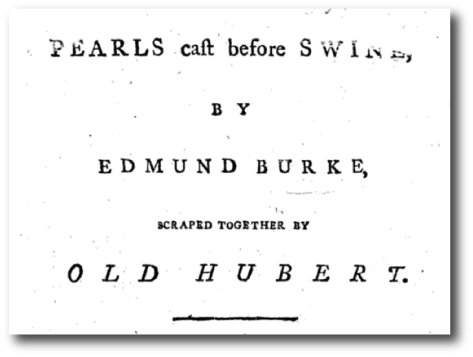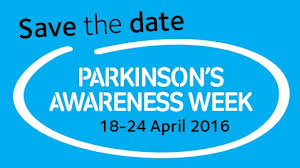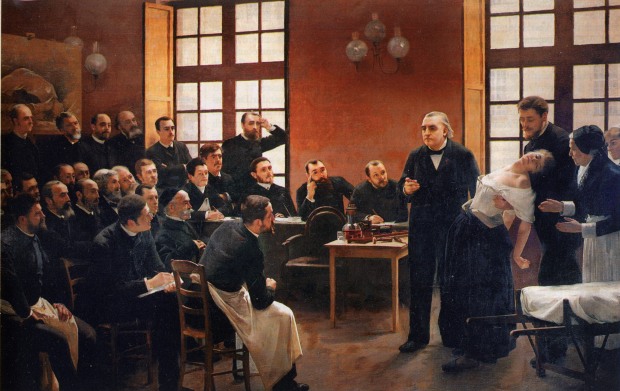Here at Searching4James we owe a great deal to the efforts of many people in the pulling together of details about the life of our James.
Today we pay tribute to one of them: Prof Leonard George Rowntree.

Prof Leonard George Rowntree. Source: History of Medicine (IHM)
Much of what we know about our James is due to the efforts of this man. He was the one who wrote:
English born, English bred, forgotten by the English and the world at large, such was the fate of James Parkinson”
Leonard was born in (the Canadian) London, Ontario, in 1883. He was interested in medicine and entered Western Ontario Medical School in 1901. Upon completion of his degree, he was interned at Victoria Hospital in 1905, before entering general practice in 1906 in Camden, New Jersey. In 1907, however, his life changed: after listening to a lecturer by Sir William Osler at the College of Pharmacy (Philadelphia), Rowntree decided to leave his practice and enter medical research.

Sir William Osler, one of the founding professors of the John Hopkins Hospital. Source: Wikipedia
Rowntree initially began to conduct his research with Professor John Jacob Abel at Johns Hopkins Hospital in Baltimore. During the summer months, he would reopened his Camden office, while the local Camden physicians vacationed (nice guy).
In the summer of 1911, during a trip to London (England this time), Rowntree made a visit to Hoxton Square to find the home of Dr James Parkinson. He wrote an article about his investigations into our James in the Bulletin of John Hopkins Hospital. Regarding the square and the house of James Parkinson, he wrote:
Hoxton square was formerly a parish square, only the residents on the square being privileged to enjoy its attractions, each family having a key whereby admittance was gained. It was an attractive place. There still stands in this park, close to Parkinson’s house, an immense and beautiful plane-tree, an Oriental ansifolia, which has attained the age of 150 years. Parkinson must have known of it in his youth, it grew up with him, and he must have learned to love it.
(Last February, we visited Hoxton Square and took this photo of the view from No. 1 Hoxton square. I can’t see the oriental ansifolia in that photo so I wonder if it is still there). But we digress – Rowntree continues:
Today, however, Hoxton is a public square, open to all, not surrounded by homes of the wealthy but by all varieties of small factories and work shops.
The old house at No. 1 Hoxton Square still exists. From without it has partaken of the fate that has befallen the neighbourhood and suggests only age, neglect, poverty and even squalor, but from within it recalls days of prosperity, of culture and even of luxury.
The house is a plain old three story building facing the east, on the northwest corner of Hoxton Square. Behind the main building and connected with it is a smaller two-story one with a central door opening into the little side street. This apparently was Parkinson’s office. Behind this again is another smaller building which may have served as a laboratory, as a library, or perhaps as a museum. Leading up to the deeply set, black, massive looking front door are a stone walk and deeply worn stone steps. The house is only a few feet back from the street and before it stands an old iron fence.
Uninteresting though the exterior is, upon entering this building one is impressed at the large size of the rooms and with the evidences of the prosperity of other days. We see in almost every room great carved open fire-places of elaborate design, and between some rooms large connecting arches. The deep panelling of walls and ceiling which was formerly so much in vogue is well preserved in some of the rooms on the second floor. One is surprised to find such an interesting interior behind such an uninviting exterior.
It is interesting to read the Bulletin of John Hopkins Hospital article written by Prof Rowntree about James Parkinson. In the the final two paragraphs, he gives a very sober assessment of our James:
What then did Parkinson accomplish during his life? He cannot be considered a brilliant investigator and certainly he made no startling contributions to science. He was a man of the Old Master type described by Holmes rather than the highly specialized scarabaeist. Master of medicine, chemistry, geology, paleontology and oryctology, he was a writer of many textbooks, great as a compilator, keen in observation and desirous of seeing everything named and placed in its proper class. His most important contribution to medicine was the offsprint of the last two qualities.
NOTE: The Holmes he is referring to is not of the ‘Sherlock’ variety, but the ‘Oliver Wendell’ kind. In the third of his “Breakfast-table” series, Holmes introduces a man who is spending his entire life studying beetles. The man rejects the title “entomologist” and prefers to be called a “Scarabaeist”. Back to Rowntree:
He was a member of the Geological Society of London, the Wernerine Society of Edinburgh, and of the Caesarian Society of Moscow, a Fellow of the Royal College of Surgeons. ‘Tis true his chief contributions to medicine consisted simply in describing a disease and giving it a name, thereby establishing it as a clinical entity. It may be argued that he neither discovered its etiology nor found a cure; but the disease has stood an open challenge to investigators for a full century. “Let him that is without sin cast the first stone”
Coming from someone who spent a considerable amount of time reading James’s works and researching his past, this conclusion is rather remarkable. But then, so was Prof Rowntree.
Following World War I, Dr. Rowntree moved to the Mayo Clinic, where he would spend the next 11 years. There he introduced lumbar sympathectomy as therapy for malignant hypertension and discovered the principle of intravenous contrast urography.
In 1932 Dr. Rowntree returned to the Delaware Valley as director of the Philadelphia Institute for Medical Research. During World War II he became chief of the Medical Service of the Selective Service System. Colonel Leonard George Rowntree was awarded the Medal for Merit for his efforts in the war. He later retired to Florida, but continued to be active by helping to found the University of Miami School of Medicine. Leonard George Rowntree died in 1959.
Other than his 1912 article on our James, I can find no other works by him on the topic. I can only assume that he felt that he had exhausted his efforts to track down any new information, or he was too busy with his new research career. But I am left wondering why during his visit to London he sort to discover more about James Parkinson. Was it just a passing fancy? Or was there a long term interest? We shall never know.









